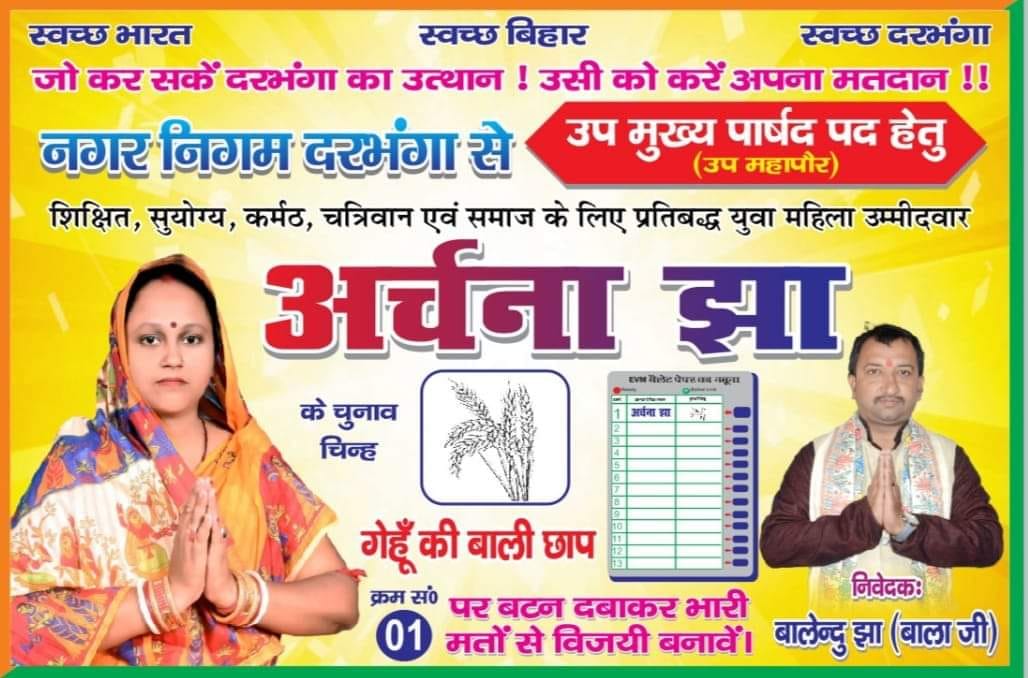
Darbhanga Ward No 11, with population of 7508 is Darbhanga city’s the 9th most populous ward, located in Darbhanga sub district of Darbhanga district in the state Bihar in India.
Demographics
The ward is home to 7508 people, among them 3915 (52%) are male and 3593 (48%) are female. 96% of the whole population are from general caste, 4% are from schedule caste. Child (aged under 6 years) population of Darbhanga Ward No 11 is 12%, among them 52% are boys and 48% are girls. There are 1420 households in the ward and an average 5 persons live in every family.
Growth of population
Population of the ward has increased by 11.9% in last 10 years. In 2001 census total population here were 6710. Female population growth rate of the ward is 16.1% which is 7.8% higher than male population growth rate of 8.3%. General caste population has increased by 9.4%; Schedule caste population has increased by 137.9% and child population has increased by 10.9% in the ward since last census.
Sex Ratio – Females per 1000 Male
As of 2011 census there are 918 females per 1000 male in the ward. Sex ratio in general caste is 920, in schedule caste is 858. There are 941 girls under 6 years of age per 1000 boys of the same age in the ward. Overall sex ratio in the ward has increased by 62 females per 1000 male during the years from 2001 to 2011. Child sex ratio here has increased by 102 girls per 1000 boys during the same time.
Literacy
Total 5823 people in the ward are literate, among them 3199 are male and 2624 are female. Literacy rate (children under 6 are excluded) of Darbhanga WARD NO.-0011 is 88%. 93% of male and 83% of female population are literate here. Overall literacy rate in the ward has decreased by 1%. Male literacy has gone down by 0% and female literacy rate has gone up by 4%.
Workers profile
Darbhanga WARD NO.-0011 has 27% (1992) population engaged in either main or marginal works. 45% male and 7% female population are working population. 34% of total male population are main (full time) workers and 11% are marginal (part time) workers. For women 5% of total female population are main and 2% are marginal workers.








